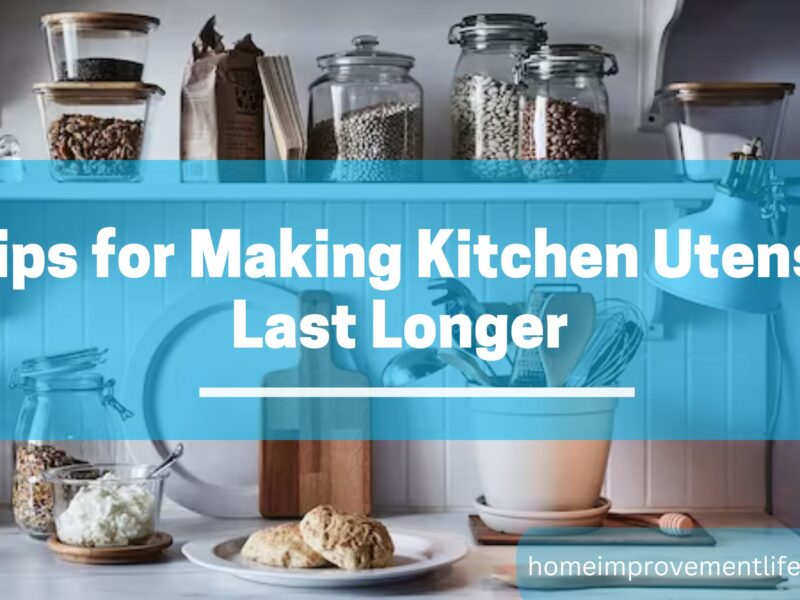Introduction:
The kitchen, with its plethora of appliances, fixtures, and water sources, is a common area for leaks. A small drip may seem insignificant, but it can herald a more significant issue that, if not addressed, can escalate into a costly and complicated problem. This article will guide you through the key places to check for leaks in your kitchen and the recommended steps to take should you detect one.
Common Culprits of Kitchen Leaks:
Sink and Faucet: The area most often used in the kitchen is also a frequent leak culprit. Over time, faucets can wear out, and seals can deteriorate, causing drips. Additionally, the plumbing underneath the sink can develop leaks from loose connections or pipe degradation.
Dishwasher: This appliance can spring a leak from several areas – the door, the hose connections at the back, or even from the base due to excessive soap suds.
Refrigerator: If your refrigerator has a water dispenser or ice maker, the lines that supply water can become a source of leaks. Additionally, blocked defrost drains can cause water to pool at the base.
Garbage Disposal: Over time, garbage disposals can develop cracks or have loose connections, leading to water leaks.
Supply Lines: The lines supplying water to various appliances and fixtures can deteriorate or become loose, especially at connection points, leading to leaks.
Detecting a Leak:
While some leaks are evident, others might be subtle. Here’s how to check:
Visual Inspection: Regularly look under the sink, behind the refrigerator, and around the dishwasher. Check for pooling water, dampness, or water stains.
Listen: Sometimes, a faint dripping sound can alert you to a leak even if it’s not immediately visible.
Smell: A musty or moldy smell can indicate prolonged dampness due to a leak.
Steps to Take Upon Detecting a Leak:
Shut Off the Water: If the leak is significant or causing water to spread rapidly. Turn off the main water valve or the supply valve to the specific appliance or fixture.
Clean Up: Promptly clean any standing water to prevent damage to your flooring or cabinets and avoid mold growth.
Determine the Source: Identify where the water is coming from. Is it a visible drip from the faucet, a leak under the sink, or somewhere else?
Temporary Fixes: While some issues, like tightening a loose connection, might offer a temporary respite, it’s essential not to view these as long-term solutions. For example, a plumber’s tape can temporarily help seal minor leaks in threaded connections.
Call a Professional: While minor leaks might be addressable with DIY solutions, consulting with or hiring a professional plumber for more significant issues is always wise. They can ensure the problem is thoroughly addressed and offer insights into potential future concerns.
Addressing the Bigger Picture:
Sometimes, a minor leak can indicate a broader problem:
Aging Infrastructure: If your home is old, a leak might suggest that your plumbing is nearing the end of its lifespan. Replacing parts preemptively can prevent major leaks in the future.
Water Quality Issues: Corrosive water can wear out your pipes faster. If you’re frequently encountering leaks, consider testing your water quality.
Pressure Problems: If your water pressure is too high, it can strain your pipes and connections, leading to leaks. Installing a pressure regulator can help.
Flooding Issues: Sometimes you might have some water issues and you should know how to handle a flooded kitchen if it comes to that.
Conclusion:
Kitchen leaks, while common, should never be taken lightly. They can indicate broader issues and, if not addressed, can result in extensive damage and costly repairs. Regular inspections, prompt action upon detecting a leak, and seeking professional guidance when in doubt can ensure your kitchen remains a safe and functional space in your home.


